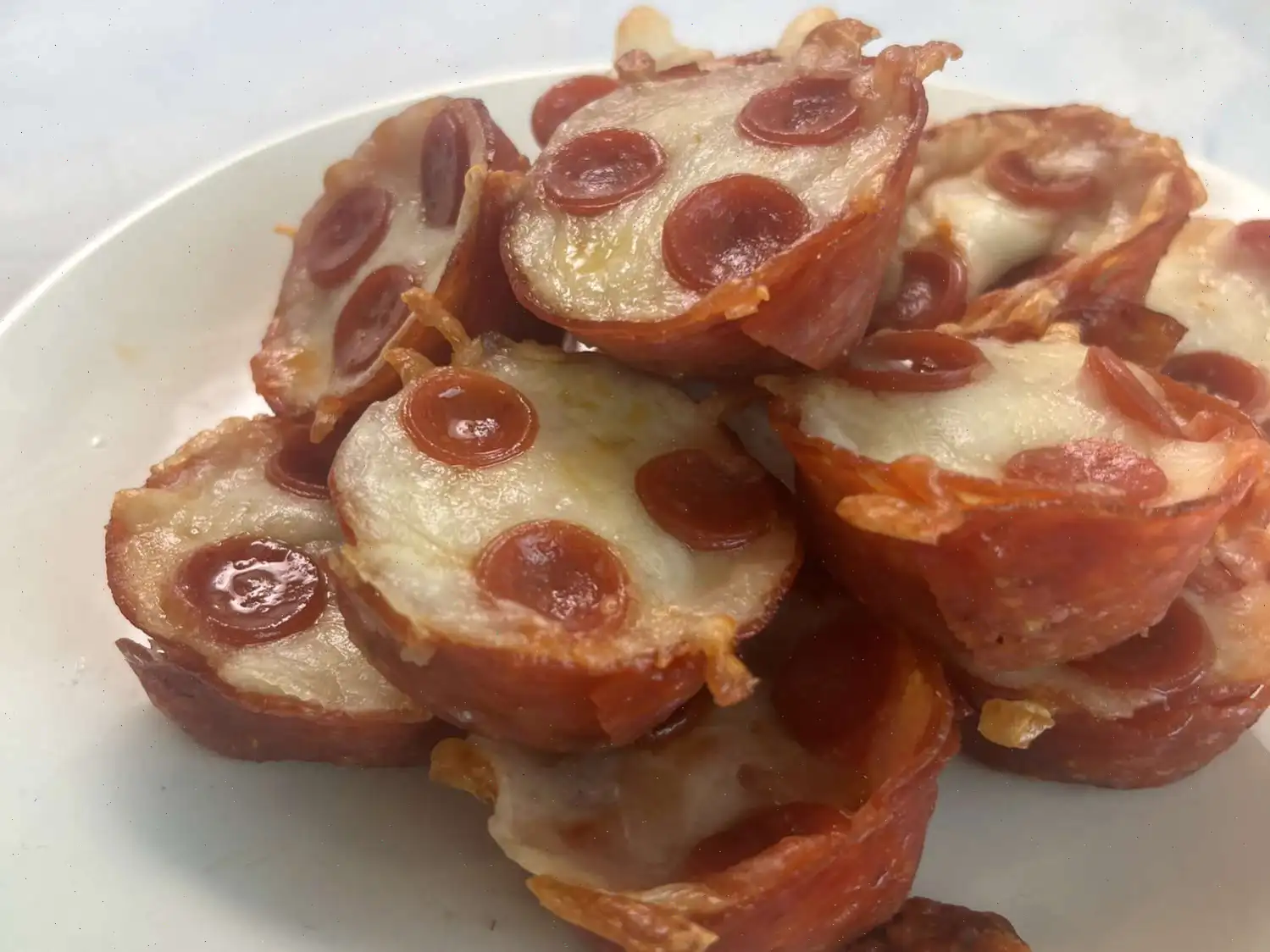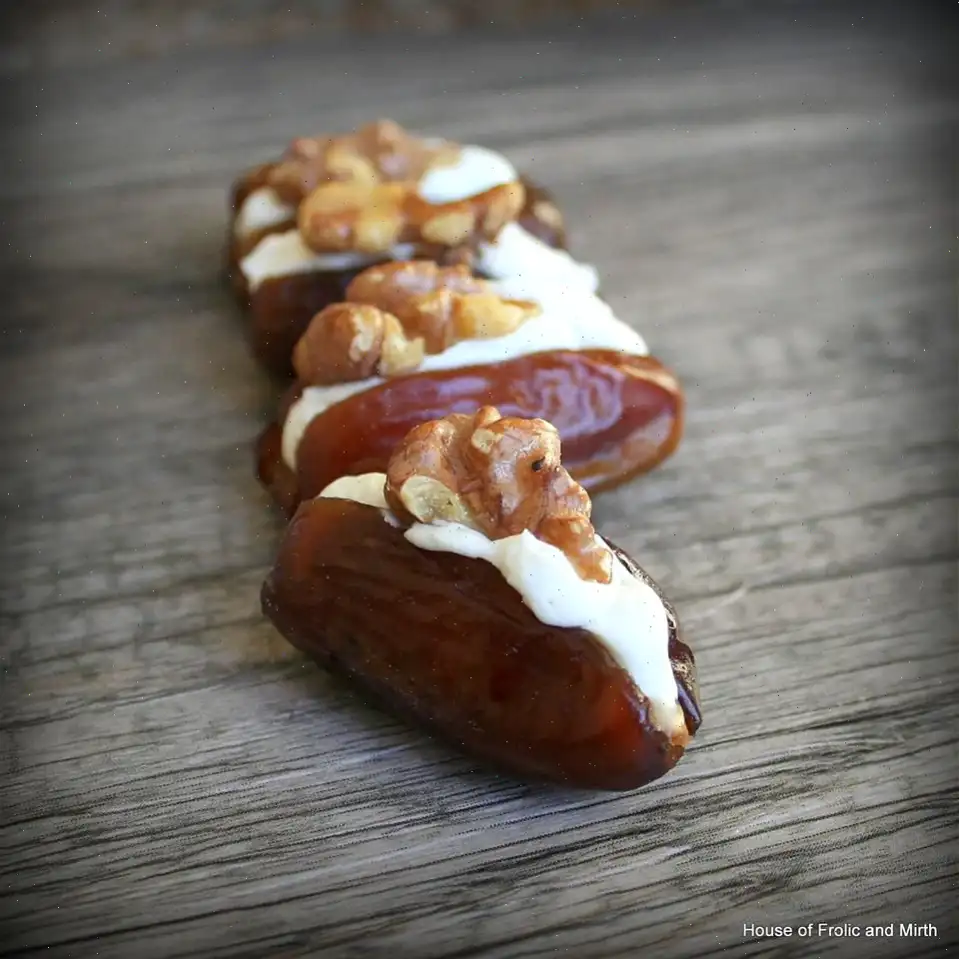
Charcuterie Cups Recipe
Recipe Instructions
Ingredients:
- 4 (9-ounce) disposable cups
- 16 extra long toothpicks
- 6 ounces sweet and salty trail mix
- 8 blueberries
- 4 raspberries
- 4 blackberries
- 12 pimiento-stuffed olives
- 1 mini cucumber, cut into 16 slices
- 2 ounces Cheddar Jack cheese cubes
- 2 ounces sliced rustico salami
- 1 kosher dill pickle, cut into 8 slices
- 8 breadsticks
- 4 rosemary sprigs (optional)
Directions:
- Divide the sweet and salty trail mix evenly into the 4 disposable cups.
- On each of 4 toothpicks, thread 1 blueberry, 1 raspberry, 1 blackberry, and another blueberry.
- On the next 4 toothpicks, thread 1 pimiento-stuffed olive, 1 cucumber slice, 1 cheese cube, 1 more olive, another cucumber slice, a second cheese cube, and 1 more olive.
- For the following 4 toothpicks, thread 1 cucumber slice, 1 cheese cube, 1 more cucumber slice, and 2 cheese cubes.
- On each of the next 4 toothpicks, thread ounce of rustico salami, 1 pickle slice, 1 cheese cube, another ounce of rustico salami, another pickle slice, and 1 more cheese cube.
- Place 1 toothpick from each set of 4 into the prepared cups, ensuring they are evenly distributed. Add 2 breadsticks to each cup for a finishing touch.
- Garnish each cup with a rosemary sprig for added aroma and decoration (optional).
Nutrition Facts (per serving):
- Calories: 319
- Total Fat: 21g (27% DV)
- Saturated Fat: 6g (28% DV)
- Cholesterol: 23mg (8% DV)
- Sodium: 433mg (19% DV)
- Total Carbohydrate: 27g (10% DV)
- Dietary Fiber: 5g (17% DV)
- Total Sugars: 14g
- Protein: 12g (23% DV)
- Vitamin C: 11mg (12% DV)
- Calcium: 121mg (9% DV)
- Iron: 2mg (12% DV)
- Potassium: 446mg (9% DV)
*Percent Daily Values are based on a 2,000 calorie diet. Your daily values may be higher or lower depending on your calorie needs.
**Nutrient information is not available for all ingredients. Amount is based on available nutrient data.
If you are following a medically restrictive diet, please consult your doctor or registered dietitian before preparing this recipe for personal consumption.
Charcuterie Cups are a modern, single-serving version of the classic charcuterie board, offering a creative and easy-to-serve appetizer. Perfect for family gatherings, movie nights, or intimate gatherings around the fire, these charming little cups contain a variety of meats, cheeses, and fruits arranged on long toothpicks, creating a visually appealing snack. The addition of sweet and salty trail mix, breadsticks, and rosemary sprigs enhances the flavor profile, making it a crowd-pleaser. But where did this creative dish come from, and what sets it apart from other similar appetizers?
History and Origins
The concept of charcuterie dates back to ancient France, where the art of preparing and preserving meats such as salami, ham, and sausages emerged. The word "charcuterie" itself is derived from the French words "chair" (flesh) and "cuit" (cooked), referring to the preparation of cured and cooked meats. The charcuterie board as we know it today became popular in the 19th and 20th centuries, especially in France and Italy, as a way to showcase a variety of meats, cheeses, fruits, and nuts. Over time, the traditional board evolved, and the modern version of charcuterie cups emerged as a fun, portable, and more practical alternative to the classic board. Charcuterie cups allow guests to enjoy a single serving of this delicious platter without the need for a communal arrangement, making it ideal for small gatherings.
Regional Variations
While charcuterie cups are a relatively recent innovation, they draw upon regional variations of the traditional charcuterie board, which vary across Europe. In France, you might find regional specialties such as pt or foie gras accompanying meats like saucisson or jambon. In Italy, prosciutto and various aged cheeses, like Parmigiano-Reggiano, often take center stage. These regional differences inspire the customization of charcuterie cups to suit local tastes. In the U.S., charcuterie boards often include a mix of American cheeses like cheddar and Monterey Jack, alongside favorite meats such as salami and pepperoni. The trend of individual servings in the form of cups brings together these regional influences, offering a compact and visually appealing version of the beloved platter.
What Sets Charcuterie Cups Apart
Charcuterie cups stand out from traditional charcuterie boards due to their convenience and portion control. Unlike a classic board, which requires guests to help themselves from a shared platter, charcuterie cups are pre-assembled in individual servings. This makes them ideal for situations where you want to offer a personalized snack, like parties or events with a buffet-style setup. The cups also allow for more creative arrangements of ingredients. For instance, the use of trail mix and breadsticks in the cup adds an unexpected twist that contrasts with the salty and savory elements like cheese, olives, and meats. Moreover, the small size makes them perfect for serving alongside other appetizers or for casual snacking during movie nights or casual get-togethers.
Where Are Charcuterie Cups Typically Served?
Charcuterie cups are versatile enough to be served at a variety of events. They are especially popular at casual gatherings such as birthday parties, picnics, wine tastings, and holiday celebrations. Their portability and ease of preparation make them a go-to choice for outdoor events or when you need a quick and elegant appetizer that guests can enjoy without the need for cutlery or plates. Whether served as a pre-dinner snack, a late-night treat, or a fun addition to a brunch spread, these cups are perfect for making an appetizer feel both upscale and approachable. Additionally, they can be easily customized based on dietary preferences, offering a wide range of options for both meat-eaters and vegetarians.
Interesting Facts About Charcuterie Cups
- The invention of charcuterie cups coincides with the rise of "mini" or "single-serve" foods, which have become increasingly popular for both practical and aesthetic reasons.
- Charcuterie cups are a sustainable option for events, as they reduce the need for disposable plates and utensils, especially when served in biodegradable or reusable cups.
- The idea of combining trail mix with traditional charcuterie items is a unique twist that balances sweet, salty, and savory flavors in one cup, making it a fun snack for diverse taste preferences.
- Charcuterie boards and cups both promote socializing through food, as they are designed for sharing. The cups, however, eliminate the need for people to cluster around a communal board, making them ideal for socially distant events or gatherings with mixed guest lists.
Charcuterie cups are a fun, practical, and customizable way to enjoy the flavors of a traditional charcuterie board in a more portable form. Their versatility in both flavor combinations and presentation makes them a fantastic option for any occasion.








